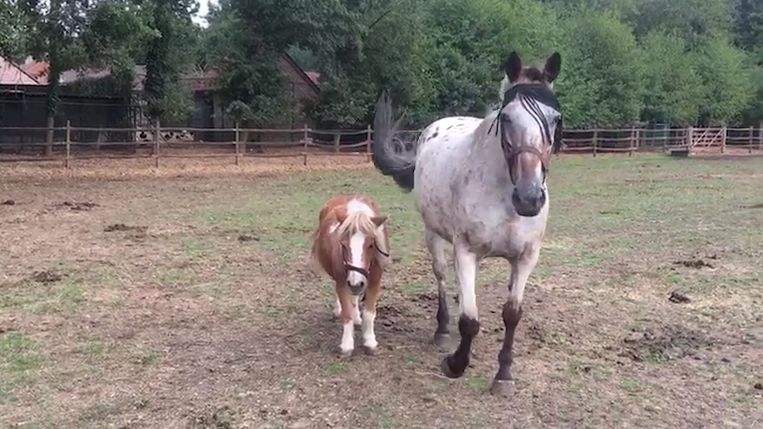A team of scientists from Russia and South Korea who want to bring the woolly mammoth back to life has begun an attempt to clone an extinct species of horse in preparation. It uses the remains of a foal that was buried for 40,000 years under the ice of the Batagaika crater in Yakutia, the coldest spot in Russia.
The researchers will try to find a living cell in the carcass, which has been perfectly preserved in the permafrost. “The muscle tissue of the animal is undamaged and we have been able to take a few samples for biotechnological research”, says Dr. Semyon Grigoriev, who heads the laboratory of the local Mammoet Museum.
South Korean professor and cloning expert Hwang Woo Suk adds: “If we find a living cell, we can copy it as much as we want and make as many embryos as necessary. We will then implant one of the embryos with a surrogate mare, which can bring it to life and bring it into the world. It would be the first time that such a thing succeeds.”
When a mammoth return to life, an elephant will be used as a surrogate mother. But according to the researchers it should be easier to bring back the disappeared horse species with the help of a modern mare. “There are so many horses that we can make a good selection of egg cells. And there are several horse species that are closely related to this extinct species. There is much less similarity between the mammoth and the elephant. There is a million years of evolution.”
The cloning of the extinct horse species at North Eastern Federal University sees the scientists as a “first step” in reviving the mammoth. “It will help us to develop the necessary technology”, she said.
The woman on whom all eyes are focused is Hae Hyun Kim. She already succeeded in harvesting a living cell from frozen tissue: from a dog that the owner had put in the freezer. She uses a patented technology (NT-1) that makes the cell better and repairs. “It is not easy, because water crystallizes in the cell and destroys them”, she stressed.
The foal in question was found last month in a search for frozen remains of a woolly mammoth. “There is no damage to the carcass, even the hair of the mane and the tail is perfectly preserved and that is very rare for such old remains,” says Dr. Grigoriev.
20 days
The foal I s a male and must have been around 20 days when it died. It looks dark brown now but was light roses during life. His hair was black and he had a dark stripe along his spine. It is an Equus lenensis, a species that populated the region between 30,000 and 40,000 years ago. “Never before has such a young prehistoric horse been found and then well preserved.”
